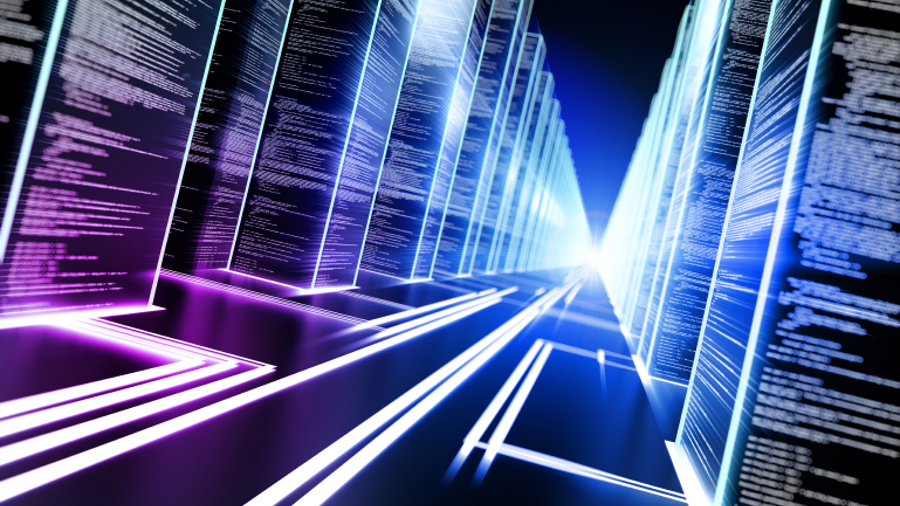Creating your storage model: why flash is only half the story
What makes the full package?

I'll let you in on a secret. The hardware in most enterprise storage arrays is made from common commodity components available at the click of a mouse. Apart from the bezel and, at a stretch, the box it's bundled up in, you could build a pretty similar storage array from parts found on Amazon or Insight.
The build quality and reliability of a homebrew array will not be the same, the enclosure might not be quite as awe-inspiring, or the overall design anywhere near as elegant, reliable or effective as something the hardware engineers in our industry achieve every day, but functionally speaking your kit would be capable of doing roughly the same job as most enterprise arrays. The one exception is the software that runs it.
What differentiates storage platforms is, by and large, the software. There are only so many CPU manufacturers and even fewer flash memory makers. Software is the force multiplier that transforms the base capabilities of the hardware, which can make the storage you use faster, more available and more affordable.
The role of software
Software can simplify day-to-day operations; administrators who use and manage it are more effective. It merges and integrates all the pieces of your company's hardware puzzle – servers, networks, desktop PCs – and provides simpler and easier to scale infrastructure.
This software is an ally to the enterprise software that runs higher in the stack – Oracle databases, SAP enterprise resource planning platforms, VMware-virtualised servers.
We all know by now that SSDs are faster than hard drive; exponentially faster. The catch is harnessing that raw power and turning it into something that measurably benefits a business, rather than propping up a decaying vendor business model.
For our customers, it means buying storage that allows them to store and retrieve their information more quickly, gain a competitive advantage, and improve the experience of their users and customers. All of this has to be in a smaller footprint that requires less data centre space, consumes less energy and can be extended, upgraded and changed with no service disruption or performance drop at far less cost than the spinning disk arrays it replaces.
Are you a pro? Subscribe to our newsletter
Sign up to the TechRadar Pro newsletter to get all the top news, opinion, features and guidance your business needs to succeed!
Understanding flash
The flash storage market has taken a ground breaking technology and made it available for broad business use. Enabling broad adoption requires more than simply assembling the hardware; far more important from the user's point of view is software that makes flash coherent, usable, manageable and more friendly to the applications they use each day to run their organisations.
Yes, flash memory is a game-changer, and it's already begun to disrupt the enterprise storage market in much the same way that it fundamentally transformed the businesses that brought us Kodachrome camera film and the Sony Walkman.
But the biggest change is not the technology itself, but what it enables: better business decisions, more affordable data centres, competitive advantage. Hardware or software alone doesn't cut it, but the right combination of the two is unstoppable.
- Vaughn Stewart is the Chief Evangelist at Pure Storage, where he shares his perspective on the emergence and capabilities of a flash-powered economy.